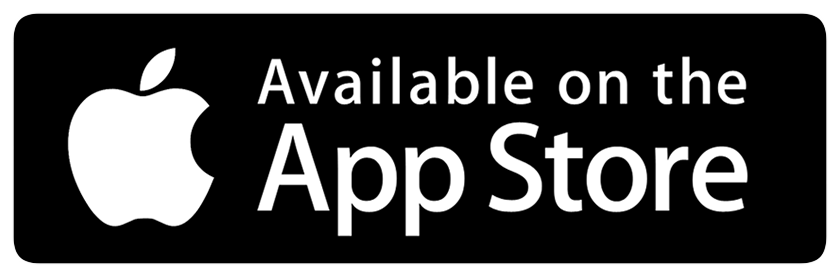SIM-swap fraud is exploding, siphoning tens of millions from investors’ accounts every year. SMS...
Digital portals don’t create value until clients actually use them. Logins, not launch dates, determine whether you see fewer “Where’s my document?” calls, faster turnarounds, and cleaner compliance trails. And getting those logins isn’t an IT project; it’s a communication campaign. This playbook turns your SideDrawer rollout into a repeatable client‑adoption program so you can move clients from invite → first login → recurring habit.
Lay Operational Groundwork
Clients feel confident when the experience is predictable. Your team works faster when the setup is standardized.
Do this:
-
Appoint two internal administrators. Avoid single‑threaded delays and maintain momentum.
-
Standardize the drawer template and collaborator roles across every client. If “KYC” and “Tax Documents” are always in the same place, conversations move faster and support tickets shrink.
-
Define an internal “owner” for each adoption KPI. Example: Invitations sent, registrations, first logins, monthly active users (MAU), and task completion.
Pro tip: Start with one reusable template and adjust only where client complexity demands it. Document those exceptions for next time.
Map a Multi‑Touch Communication Journey
Adoption hinges on repetition and clarity. Treat your launch like a campaign, not a single announcement. Effective launches are never a single blast; they follow the classic “Rule of 7,” people need roughly seven exposures to a message before it sticks.
| Phase | Touch‑points (minimum) | Purpose |
|---|---|---|
| Pre‑launch (2‑3 wks) | Teaser email ➜ advisor blog post/FAQ ➜ 30‑sec teaser video | Seed awareness, lead with security benefits, set expectations |
| Launch Week | System invitation ➜ personalized firm email ➜ website banner | Make onboarding simple and authoritative |
| Post‑launch (4‑6 wks) | Targeted “You’re in!” note ➜ reminder to non‑registrants ➜ quick‑poll or micro‑survey | Reinforce value, capture feedback, nudge laggards |
Compose each email with financial‑services design best practices—clear subject lines, personalized merge fields, and visible compliance contact details—to boost open rates and legitimacy.
Use Channels Clients Already Trust
Clients are more likely to act on messages that look and feel like they come from their advisor.
-
Send the first message from your domain, not SideDrawer’s. The advisor relationship is the trust anchor.
-
Mirror the announcement on a secure web page (blog, FAQ, or help‑center article). It lets clients independently confirm legitimacy if they hesitate to click an email link.
-
Add interactive explainer content. Short videos embedded in Mailchimp or your site raise click‑through by up to 300% in financial‑services campaigns.
Lead With Security & Future‑Proofing
Consumers tell Deloitte that robust identity and access safeguards are the top driver of trust in digital financial tools. Frame SideDrawer as the firm’s proactive step to:
-
Protect sensitive data with strong authentication, encryption in transit and at rest, role‑based permissions, and audit history.
-
Centralize “forever” documents so families aren’t hunting through inboxes years later—wills, KYC, statements, tax slips, and more.
-
Stay ahead of evolving privacy requirements with a controlled, permissioned workspace instead of email attachments.
Language to copy/paste: “We’re moving sensitive documents out of email and into a secure vault where you control who sees what. It’s the safest way to share, store, and retrieve the documents that matter most.”
Clients tolerate an extra password when the why is unmistakably about protecting them. That language belongs in every touch‑point.
Reinforce With Bite‑Sized Education
Link, don’t lecture. Replace wordy instructions with 90‑second screen‑capture demos, animated GIFs, or a three‑slide walkthrough. Advisors who layer visual aids on top of written steps see much higher first‑login rates.
Measure, Segment, Iterate
What gets measured improves. Use the SideDrawer console exports to focus your follow‑ups.
Run weekly for the first 6–8 weeks:
-
Celebrate early adopters. Send a quick “Thanks for joining us!” and invite a one‑line testimonial you can reuse.
-
Nudge non‑registrants. Keep it friendly and specific: “Your quarterly statement will be available in SideDrawer next week. Activate your account in 20 seconds here.”
-
Target specific behaviors. Example: Clients who registered but haven’t uploaded anything get a micro‑task (“Upload a void cheque for EFT setup”).
Core metrics: invitations sent, delivery rate, registration rate, first login rate (T+7, T+30), monthly active users, and completion of one key client task.
Quick‑Start Checklist
-
Create a two‑admin team & a standard template drawer.
-
Draft a 6–8 touch communication calendar (emails, blog, banner, short video).
-
Publish a security‑first FAQ on your site.
-
Embed a 90‑second “How to log in” video in launch emails.
-
Track registration weekly; segment follow‑ups.
-
Celebrate success stories internally and with clients.
In Closing
Successful digital adoption has a security heartbeat and a communications engine. Lead with trust, repeat the message across trusted channels, make education effortless, and keep measuring. When clients see the why and the one next step, adoption becomes a habit—not a hurdle.






.png)